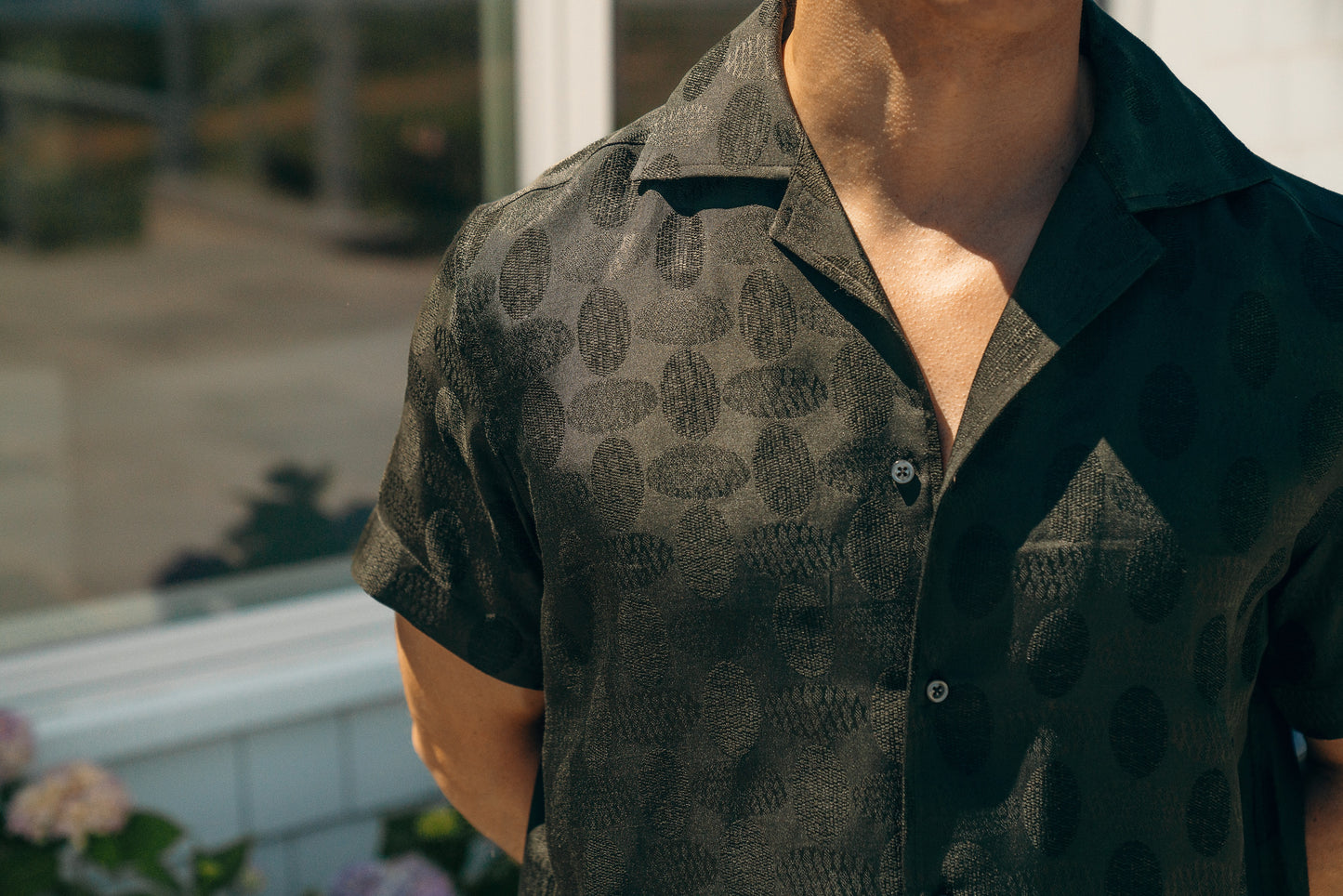So we've discussed the “revival” of the physical retail store and why online first, online only (well at least at first online only) companies are expanding from the cloud to the curb. Furthermore, we've highlighted some of the key differences that separate these modern physical stores from the traditional ones, ones that have put many large retailers in precarious positions.
Among those differences:
1) shared, centralized inventory which leads to leanly stocked stores that function more like dressing rooms and brand introduction centers
2) features including layout/design, inventory management, and staffing needs reflect the high degree of analysis performed by these modernized, data driven retailers
Today we're going to stray from our discussion of the differences and move into a discussion of the intent of these physical retail stores, outside of the obvious one: to drive immediate sales. And on Friday, we'll discuss the results.
So what function do these physical retail locations serve? The obvious answer is: a place for people to buy things. But in the case of these lean, modern, online focused retailers, believe it or not, the physical locations are an investment in the brands they are building. In fact, less than 10% of Warby Parker's total sales occur in physical stores, yet the company is steadfast in its physical retail store expansion plans because it's about a long term strategy of building a brand that one can see and experience, not only in the products and online communities, but via stores. So, though the expansion is slow, steady, and methodical, it's going to happen.
But that brings about the question, how do these companies use stores to build the brand? In simple terms, by designing a space that effectively extends the culture, community, and vibe that they've created online and brings it into the “physical” world. No easy feat, but some companies are doing a very good job with it.
For instance, Birchbox's in store editorial displays carry copy with a tone that matches the website. Their physical store's color scheme matches that of the boxes they send to subscribers.
And in a pretty revolutionary move in the industry, Birchbox's new store is merchandized by category, not brand. In doing so, history suggests that Birchbox will anger cosmetic brands to no end and perhaps even jeopardize relationships with these brands. However, in doing so, Birchbox is arranging its in store products the same way they appear online. Guess what? Cosmetic brands haven't made that big of a fuss because they recognize the need to maintain close ties to Birchbox and they're willing to adjust to the times.
Finally, at a counter in the back of the Birchbox store, shoppers can put together custom boxes of beauty samples, thereby reinforcing the company's core product offering: the subscription box.
In all of these ways, Birchbox is successfully extending its success online, reinforcing the core strengths of its business, and building the brand.
And let's not forget, building the brand means building the company for these modern retailers.
But a final question remains unanswered: why can't you just build the brand to scale solely online?
This matter has more to do with human psychology than anything else and one theory is as follows:
Brands are defined by products and products are essentially aggregations of memories, experiences, and above all else feelings associated with those products. What it felt like to buy the product, use it, where we went with it, etc. come to define what we think of the product and ultimately, the brand. Thus, our associations with brands are compilations of the feelings we attach to the products we use.
And because shopping is a social event, because shopping is about entertainment, brands can heighten the discovery, fun, and experimentation of shopping, as well as making it a shared experience with family and friends, through physical stores in a way they could never do so solely online. In short, they can begin to make you feel something in store that they could never do online. And that's a pretty good way to begin to define how you feel about their products and ultimately, their brand.
This store requires javascript to be enabled for some features to work correctly.



